The Delaware 4-H Program joins in partnership with GOLO, the pioneering wellness solutions company, to promote and provide important information on the vegetables and fruits we should all eat to be healthier. We appreciate the monetary support of GOLO to our 4-H program around the initiative of Healthy Living, and their interest in the health and well-being of our 4-H youth. This is the second issue of this information we will be sharing with all our audiences.
Please take time to review this information and include more vegetables and fruits in your normal daily diet. Look for additional information we will be sharing on a quarterly basis about other vegetables and fruits to eat.
Downloadable PDF- GOLO Fall 2021 Promotion
Healthy Vegetables and Fruits We Should All Eat


Apples
- Apples, fresh, dried, or juiced, offer great nutritional value.
- Over 7,500 varieties of apples are grown worldwide.
- Apple trees take 4-5 years to produce fruit.
- Common varieties include Honey Crisp, Granny Smith, Gala, Fuji, Pink Lady, and McIntosh.
- The crabapple is the only apple native to North America.
- Apples are a heart healthy fruit that help reduce the risk of cardiovascular disease.
- Apples are fat free, sodium free, and cholesterol free.
- Apples are nutrient dense and filled with vitamins, minerals, and dietary fiber.

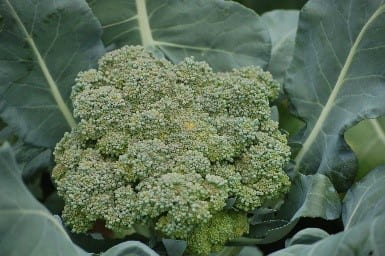
Broccoli
- Broccoli is great fresh, steamed, or frozen.
- It is very versatile – can be raw or cooked, in casseroles, soups or salads, or in a stir-fry.
- It is an excellent source of fiber, Vitamin C, and potassium.
- For the best taste, choose broccoli with a firm stem and tightly packed florets that are dark in color.
- Dark color indicates high nutrient levels.
- Broccoli is present in many ethnic cuisines such as Asian, Chinese, Japanese, Korean, Southeast Asia, Latino, and Mediterranean.


Sweet Potato
- Sweet potatoes are available fresh, frozen, or canned.
- They are low in sodium, fat free, and cholesterol free.
- Sweet potatoes have a high fiber content that can assist with digestion and protects against diverticular disease.
- They are a good source of potassium which reduces the risk of high blood pressure and stroke.
- Sweet potatoes are a nutrient rich vegetable, high in Vitamin A and Vitamin C.
- Consumption has been shown to lower risk of heart disease, stroke, cancer, type 2 diabetes, and prevent obesity.
- Store sweet potatoes in a cool, dark place for use within 3-5 weeks.
https://fruitsandveggies.org/fruits-and-veggies/sweet-potato/
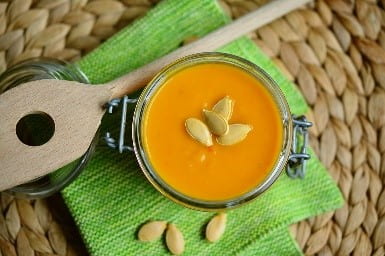
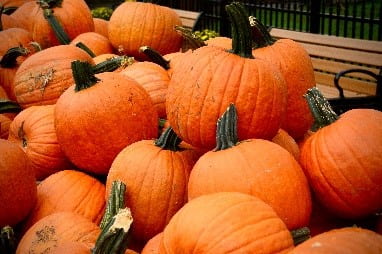
Pumpkin
- Often used to make jack o’ lanterns for Halloween; pumpkin seeds make a fantastic snack.
- Pumpkin can be prepared either savory in stews and soups or sweet in various desserts.
- Pumpkin is a good source of Vitamin A and Vitamin K that helps support vision, heart, and lung health.
- Pumpkin contains no saturated fat and cholesterol-free which helps prevent the risk of coronary heart disease.
- Available fresh and canned for good nutrition and convenience.
- Smaller pumpkins tend to be sweeter.

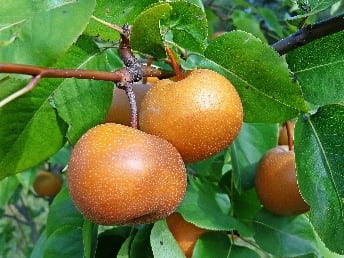
Asian Pears
- Ripe Asian Pears are hard and do not soften, unlike traditional pears.
- Pears are a member of the rose family.
- Pears are a good source of fiber which benefits heart health and provides a feeling of being full.
- Pears can help reduce cholesterol and blood pressure.
- They are full of Vitamin C and Vitamin K that help the immune system, bone metabolism, and regulate blood clotting.
- Consumption helps to reduce symptoms associated with coughs, ulcers, and constipation.
- Pears can be eaten both raw and cooked.
- Pears are great for canning and dehydrated purposes.
https://fruitsandveggies.org/fruits-and-veggies/asian-pears-nutrition-selection-storage/
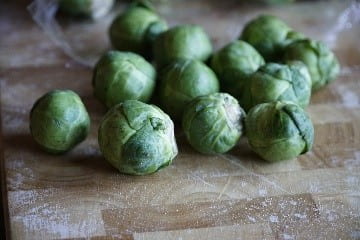
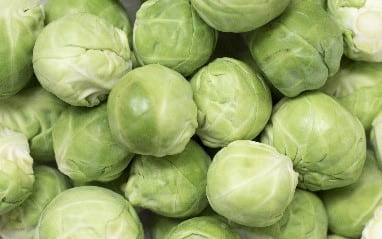
Brussel Sprouts
- Brussel sprouts are available fresh and frozen.
- Choose firm, compact, bright green sprout heads.
- They are great sources of Vitamins B, C, and K helping with eyesight, immune system, cell growth, and healing.
- Brussel sprouts contain high levels of copper which are important for red blood cell growth.
- Brussel sprouts are very low in sodium and calories which reduces the risk of heart disease.
- The U.S. produces 70 million pounds of sprouts each year.
- The sulforaphane that gives brussels sprouts their unique flavor also helps lower cancer risks.
- They are a very versatile vegetable that can be grilled, stir-fried, or roasted.
https://fruitsandveggies.org/fruits-and-veggies/brussels-sprouts/
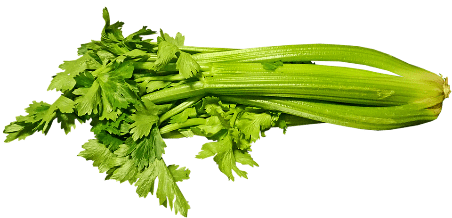
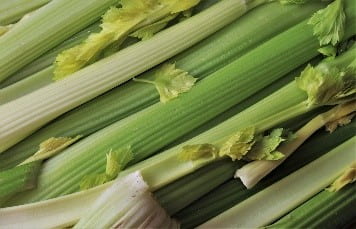
Celery
- Celery is highly nutritious and packed with Vitamin C which helps target the immune system.
- When selecting, choose straight, rigid celery stalks with fresh leaves.
- Celery protects heart health and reduces risk of heart disease.
- Celery is a low-calorie vegetable with a high-water content of 95%.
- It is a convenient on-the-go snack or can be incorporated into cooked dishes, stir-fries, or salads.
- Celery is rich in antioxidants and anti-inflammatory compounds that help fight cell damage, muscle inflammation, and promote overall health.
- Celery has high levels of fiber which help to keep bowel movements regular and aids in weight maintenance.
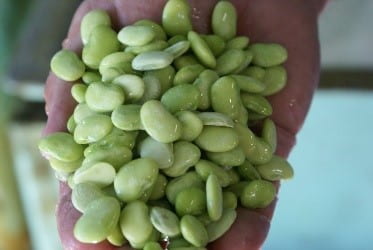

Lima Beans
- Lima beans should not be eaten raw.
- They are a great source of fiber that helps fuel the colon cells to keep them healthy.
- They are available fresh, canned, or dried.
- Lima beans are rich in manganese which helps to boost bone strength and the body’s ability to process fats and carbohydrates.
- Most pod sizes are wide, flat, and slightly curved.
- They are high in Vitamin B6 which helps create hemoglobin and prevent anemia.
- They contain molybdenum which is important in breaking down toxic substances that enter the body.

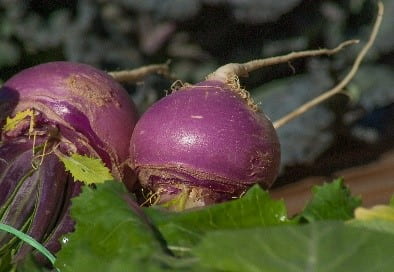
Turnips
- Small to medium size turnips are the sweetest.
- They are versatile – both its roots and leafy greens can be eaten.
- Turnips can be boiled, mashed, or eaten raw.
- They are low in fat which helps reduce the risk of some types of cancer.
- Turnips are high in fiber providing aid in digestion.
- They are low in cholesterol levels and saturated fat which helps prevent heart disease.
- Turnips are a great source of vitamin K, A, and C, as well as minerals such as folate, copper, and manganese.

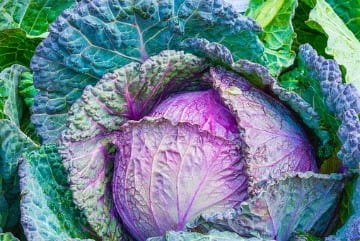
Cabbage
- Cabbage can be steamed, boiled, stuffed, microwaved, or eaten raw.
- Cabbage is high in dietary fiber folate which is a nutrient needed for growth and production of hemoglobin.
- One cup of cabbage is about 15 calories.
- Drinking juiced cabbage is known to assist in curing stomach and intestinal ulcers.
- Cabbage contains quantities of fiber and iron that keeps the digestive tract and colon in a healthy condition.
- Cabbage is high in Vitamin C which prevents skin diseases, arthritis, and rheumatism.
- Cabbage has a high sulfur content which increases keratin production resulting in healthier hair, skin, and nails.
https://www.canr.msu.edu/news/cabbageandthesciencebehindthem


